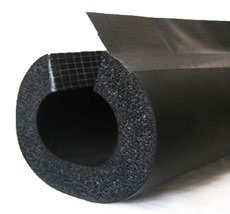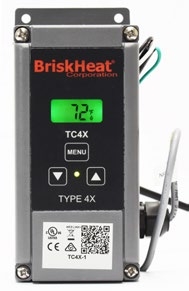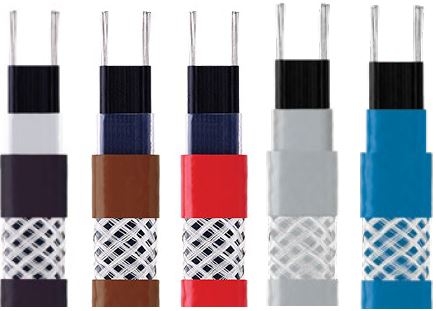Localized Heat for Agricultural Applications
Localized Heat for Agricultural Applications
Increase crop production and variety with heat tape use



Application
Growers of a variety of crops are always looking for ways to increase the yield of their fields. Factors such as growing season and temperature range can limit the variety of crops that can be grown in specific areas as well as how productive certain crops will be. This is especially true with grapes used for making wine. A late thaw or an early frost can make the difference in the quality and quantity of grapes grown in a region. A temporary rise in temperature followed by temperatures below freezing can result in no harvest at all. Even a few degrees of temperature change can impact the quality of the end-product.
Solution
After suffering catastrophic crop damage in 2014 and 2015, one vineyard owner in the Finger Lakes region of New York knew he needed a solution to remain in business. Traditionally, there are two ways to protect grape vines from damage during harsh winter temperatures. “Hilling-up” is a labor-intensive method of mounding-up dirt to protect vines, but also requires hills to be removed at the appropriate time. Failure to do so results in poor production. Another solution is use of a fan system to circulate air throughout the vineyard to keep the fruit warm; however, the equipment is expensive and prohibitive for smaller vineyards. The owner theorized that adding localized heat could prevent damage caused by dipping temperatures. Additionally, by maintaining temperatures of the grapes, he could increase the length of the growing season. This would preserve the quantity and quality of the fruit, and could increase the number of varieties planted.
BriskHeat Self-Regulating Heating Cable was wrapped around the wires used to support the grape vines. Self-regulating cable, often called heat trace cable, automatically adjusts heat output based on surface temperature. It is ideal for freeze protection and low temperature process maintenance. Cable with a weather-protective thermoplastic polyolefin outer jacket was used because the cable is outdoors in a wet environment. For simple freeze protection, a temperature controller is not required; however, to ensure the cable starts and stops heating within a specified temperature range, TC4X outdoor-rated digital temperature controllers with sensor were installed with the cable. The sensors were secured on wire, and based on the temperature sensed, the controller determined when power was applied and removed from the heating cable. Finally, Insul-Lock DS Flexible Closed Cell Pipe Insulation was applied over the wires, vines and heating cable to prevent heat loss. This system was designed to power-up as temperatures approach freezing and power-down after an 8 to 10°F (-13 to -12°C) temperature rise. Early results from the first winter after installation showed a measureable decrease in damaged buds as compared to vines that were not heated.
Additional Applications:
Self-regulating heating cable can be used in other agricultural applications. Warming the soil early in the growing season can help seeds germinate faster. This can protect seeds against spring frosts in addition to increasing growth rates. Constructing hotbeds using heating cable and temperature controllers can be more economical for smaller plantings than construction of larger greenhouses. Cable can also be used to prevent freezing of water pipes used for irrigation or in barns for livestock.
